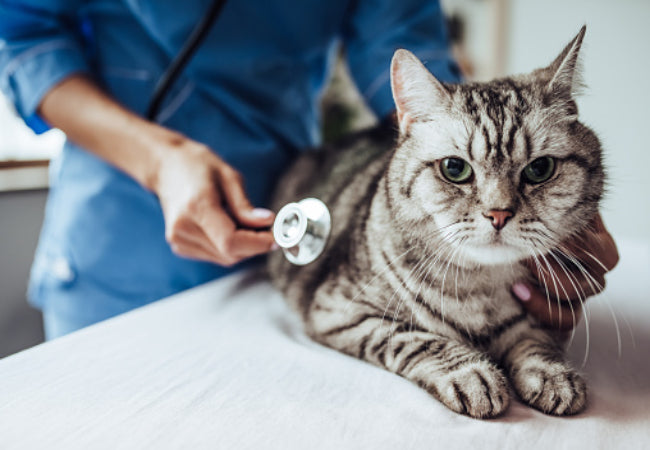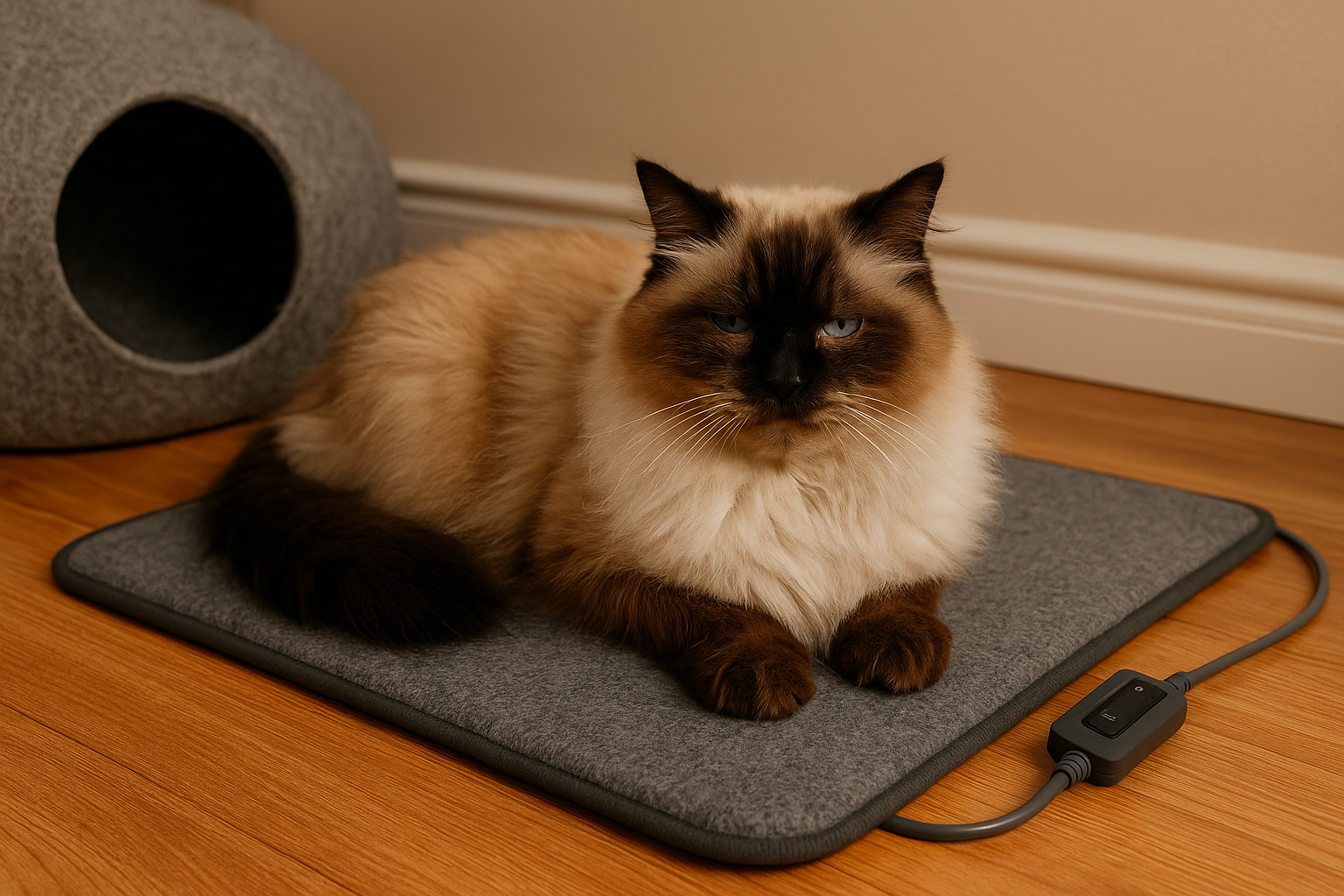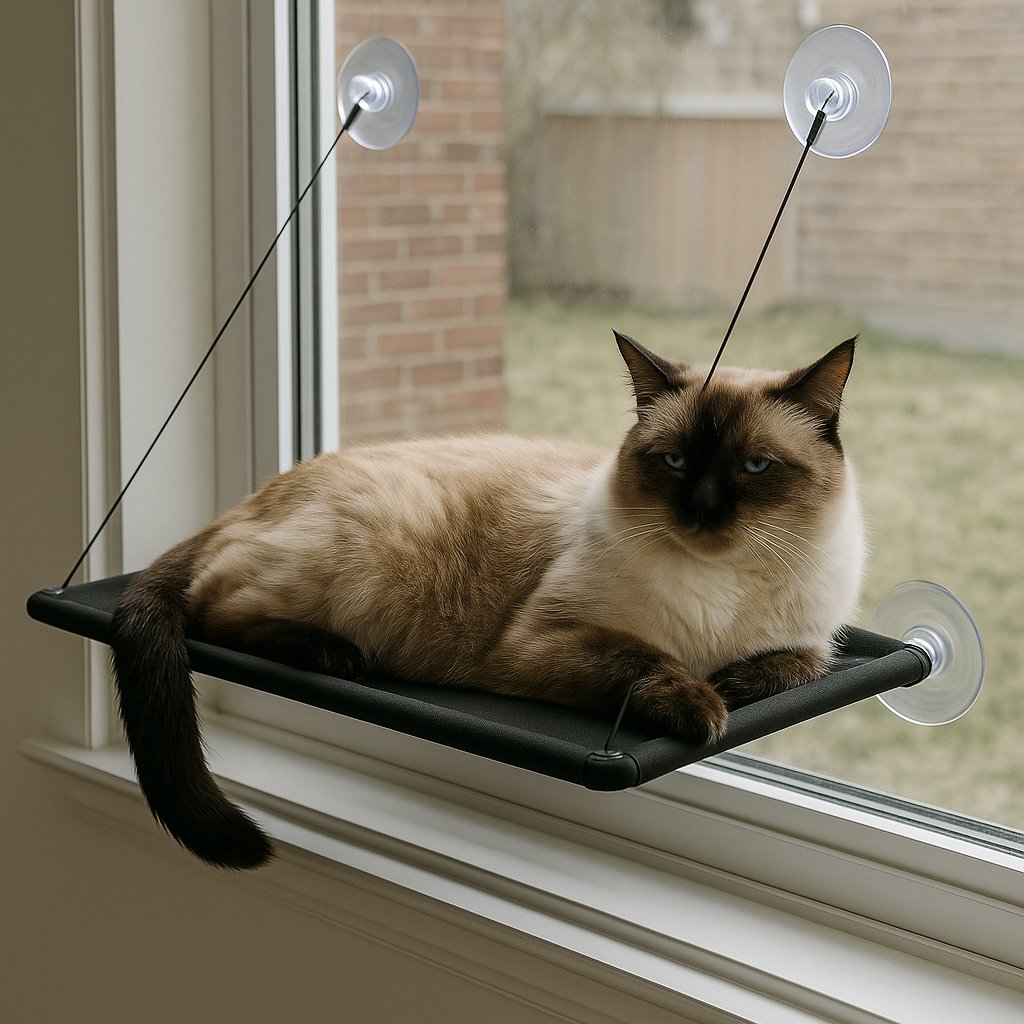My Cat Has Behavior Issues: What You Can Do Vet Advice 2025 🐾

In this article
My Cat Has Behavior Issues: What You Can Do Vet Advice 2025 🐾
By Dr. Duncan Houston BVSc
Understanding your cat’s behavior can sometimes feel like deciphering an ancient language. Whether you’re a new cat parent or a long-time feline enthusiast, recognizing common cat behavior issues and learning how to address them can strengthen your bond and reduce unwanted behaviors.
😾 Common Cat Behavior Issues
Cats have unique personalities, and certain behaviors may indicate stress, health problems, or unmet needs. Common cat behavior issues include:
-
Aggression
-
Inappropriate elimination
-
Nocturnal activity
-
Excessive meowing
-
Scratching furniture
-
Eating disorders
1️⃣ Aggression in Cats
Aggressive behaviors like hissing, growling, swatting, or biting can be triggered by:
-
Fear or anxiety
-
Territorial disputes
-
Pain or underlying medical issues
Solutions:
-
Maintain a calm, predictable environment
-
Use interactive play to release energy
-
Consult your veterinarian to rule out health problems
-
Consider a certified cat behaviorist for persistent aggression
2️⃣ Inappropriate Elimination
Urination or defecation outside the litter box is often caused by:
-
Medical conditions such as urinary tract infections
-
Stress or environmental changes
-
Litter box dissatisfaction
Solutions:
-
Schedule regular vet check-ups
-
Keep litter boxes clean and accessible
-
Use cat-friendly litter and consider multiple boxes for multi-cat households
-
Minimize stress with familiar routines and safe spaces
3️⃣ Nocturnal Activity
Cats are crepuscular—most active at dawn and dusk—so nighttime zoomies are normal.
Solutions:
-
Schedule play sessions in the evening to expend energy
-
Provide cozy, quiet sleeping areas
-
Avoid feeding immediately before bedtime to reduce nighttime activity
4️⃣ Excessive Meowing
Excessive vocalization may indicate:
-
Loneliness or boredom
-
Hunger or inconsistent feeding schedules
-
Illness
Solutions:
-
Ensure regular play and interaction
-
Maintain a consistent feeding routine
-
Monitor for signs of illness and consult a vet if necessary
5️⃣ Scratching Furniture
Scratching is natural for claw maintenance and territory marking, but it can damage furniture.
Solutions:
-
Provide scratching posts, cat trees, or pads in preferred areas
-
Apply cat-safe deterrents on furniture
-
Reward use of scratching posts with treats or praise
6️⃣ Eating Disorders
Changes in appetite—overeating, under-eating, or sudden shifts—can indicate stress or medical issues.
Solutions:
-
Maintain a regular feeding schedule and portion control
-
Monitor your cat’s weight and behavior
-
Consult your veterinarian for dietary adjustments or medical evaluation
🩺 Key Takeaways
-
Most behavior issues stem from natural instincts, health concerns, or emotional stress.
-
Patience, observation, and understanding the underlying cause are essential.
-
Regular vet check-ups help identify medical problems that may drive behavior issues.
-
In challenging cases, a certified cat behaviorist can provide tailored strategies.
By addressing behavior issues proactively, you can foster a calm, happy, and well-adjusted feline companion.








